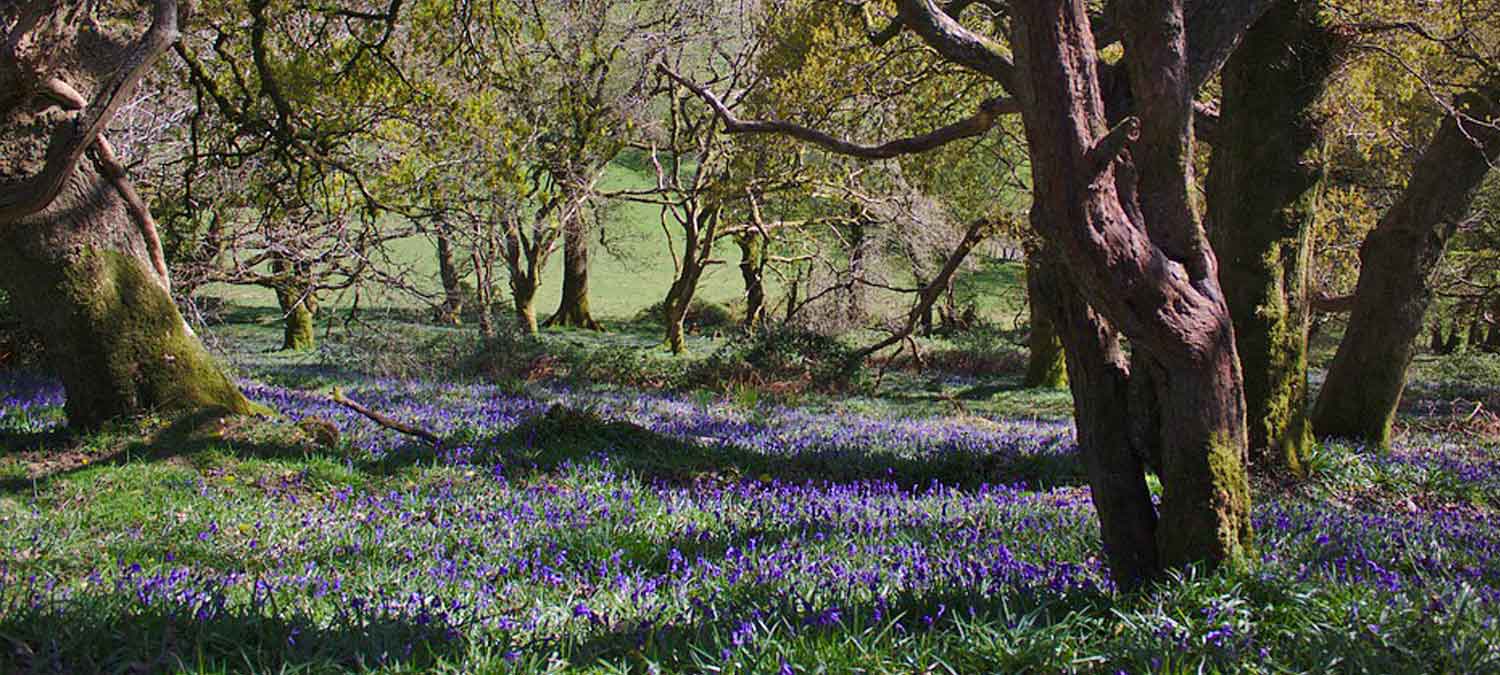
Researching and promoting local heritage
Contin is a small community 18 miles northwest of Inverness. A panel of local residents decides how funds from the EDF Renewables Corriemoillie Contin Community Fund are invested locally. Now in its fourth year, the fund receives an annual donation of around £15,000.
Contin Community Council takes a proactive role in the community and leads on several projects including the production of a local newsletter. It is currently heading on a project to investigate transport options with neighbouring communities following the restriction or closure of bus services. The Community Council has also carried out local consultation exercises regularly since 2017 which have identified priority areas for action, including improvements to access and preservation and celebration of heritage.
The project
“What Contin Means to Me” is a community initiative that came about after a few residents approached the Community Council about potential projects. One resident had an interest in oral history and another was keen to do something about some of the neglected historical sites in the area. The Community Council was able to bring these people together and help them get the project off the ground.
Project aims and objectives
This project involved gathering oral history in the form of memories and stories from residents and using this to promote a local footpath around Contin Island, know as the Bluebell Walk. The project also involved installing a bench on the walk and developing a leaflet to promote wildlife and heritage that can be found on the walk. The Community Council received a grant of £2,600 in late 2018 to deliver this project which was fully funded by the EDF Renewables Corriemoillie Contin Community Fund. A considerable amount of in-kind support was also kindly provided by a number of enthusiastic local volunteers.
Outcomes and achievements
Installing the bench was straightforward and was completed early in the project. Gathering the oral history took time, and the initial idea of organising workshops was modified as folk were not keen to come together in a group setting in order for their memories to be recorded. There was also no suitable venue in the village at that time. Instead, the project team arranged one-to-one visits and found that people were happy to talk and share their stories individually. The group gathered a lot of great material in this way, although it was a more time-consuming approach.
A plan to upload video recordings of the interviews was also amended as the project progressed. Again, residents were not too keen about video and audio recordings of themselves being made publicly available, though they wanted the information preserved and shared somehow. Using skills they already had, the volunteer group decided instead to develop a narrative, combining stories from various residents, built around particular themes such as estate work, forestry and hydro-power.
This resulted in the creation a series of short videos and podcasts using relevant local imagery, landscapes and old photos from the Am Baile collection, with a voiceover recounting the local stories. The videos are be available on YouTube, and the podcasts on Podbean with both promoted on social media and linked to the Community Council website. The stories also fed into the content for a leaflet, which was given an online launch in April 2020 (due to the coronavirus restrictions), and is also available online. The group have been receiving lots of very positive feedback from the community on all aspects of the project. To view the leaflet click here (opens in a new window).
An unexpected spinoff of the project has been the creation of a Gaelic version of the leaflet. This came about as a result of a very popular Gaelic place name event which the group organised. The Gaelic version was funded separately by Bord na Gàidhlig (the Scottish Government body responsible for promoting Gaelic). To view the leaflet click here.
Work to promote the local walk also highlighted the need to improve the footpath. As a result some maintenance work was also undertaken by volunteers. The project has sparked a lot of interest amongst the community generally in local history project on Contin Island, and will include a survey of the church yard.
Lessons Learned
The group feel they have achieved a lot so far and learned a lot as the project has progressed and evolved. Going forward they would aim to be more realistic about the time these types of project can take and also the level of commitment required from a small group of volunteers. Their advice to others is to focus on what is achievable and not try to do too much all at once.
“The Community Fund grant has been quite remarkable! We’ve found that local people within the village and wider community have become enthused about the What Contin Means to Me project. Many people have met up with us, told their stories and memories about Contin and its people, shared photographs, and been very happy to sit and chat and reminisce. We’ve learned a great deal about the village and community – much of which would have been ‘lost’ in due course over the next few years, and we’ve found it a genuinely exciting way of bringing people together, and share what Contin means to them.’”
Phil Baarda, project volunteer




